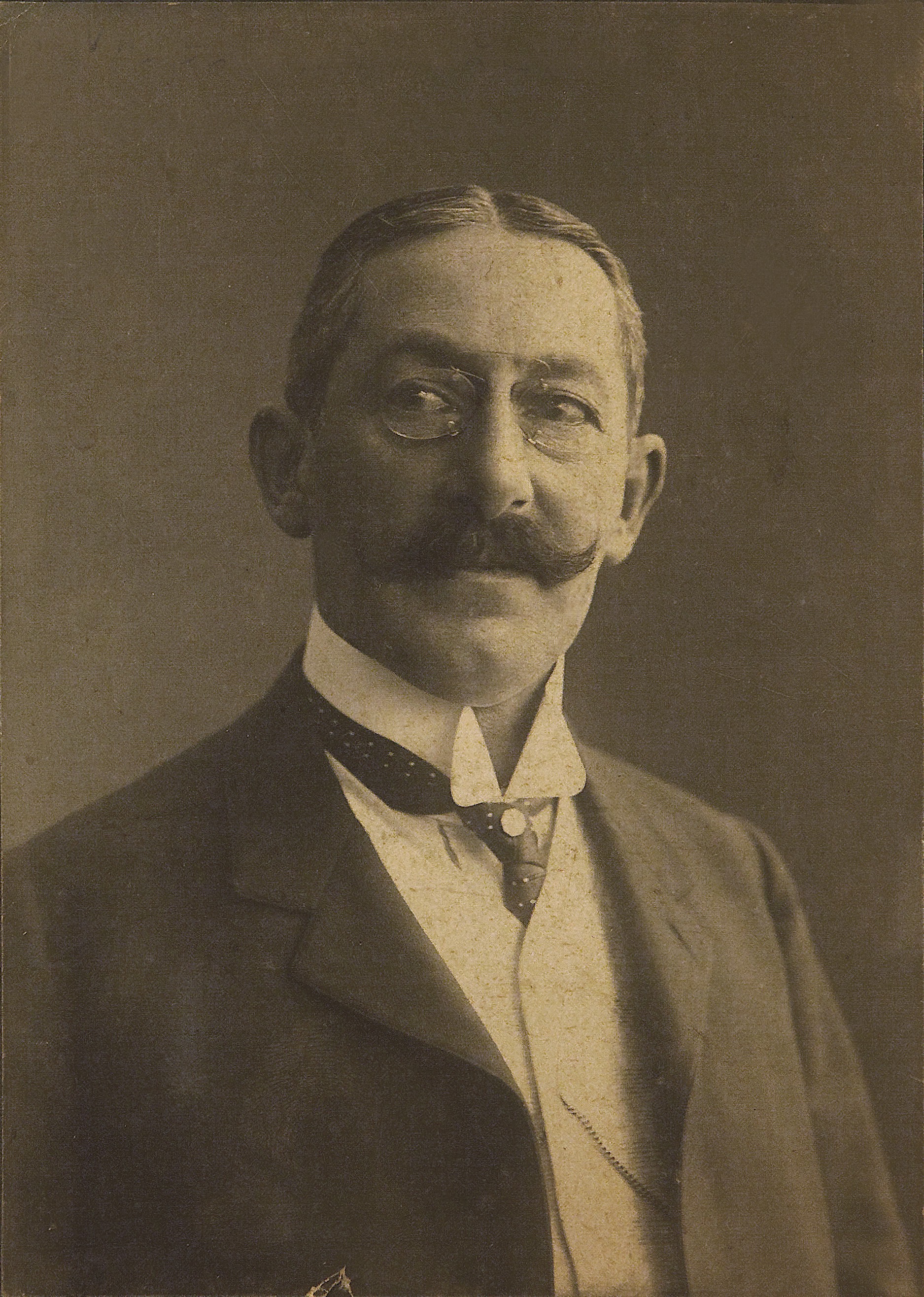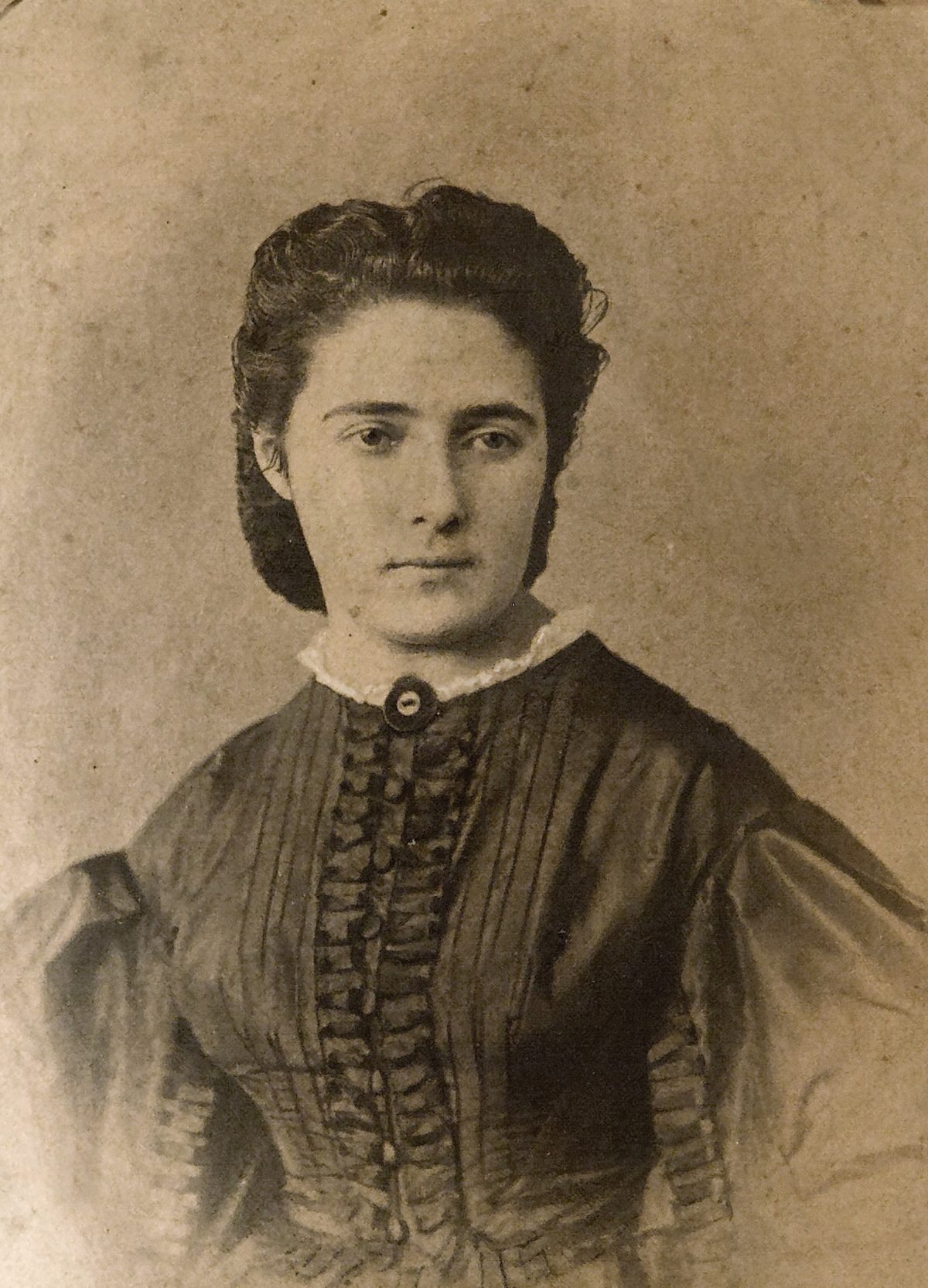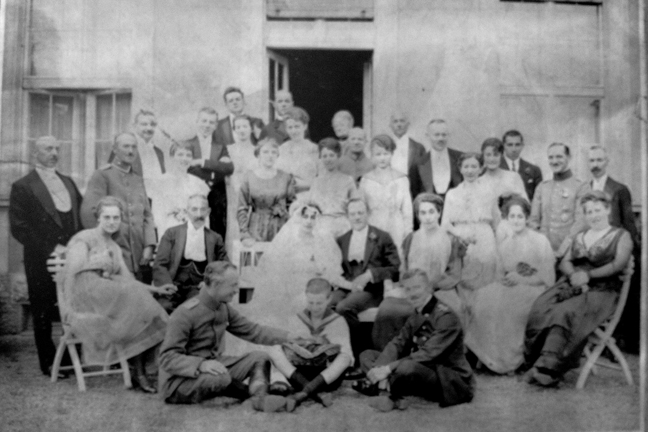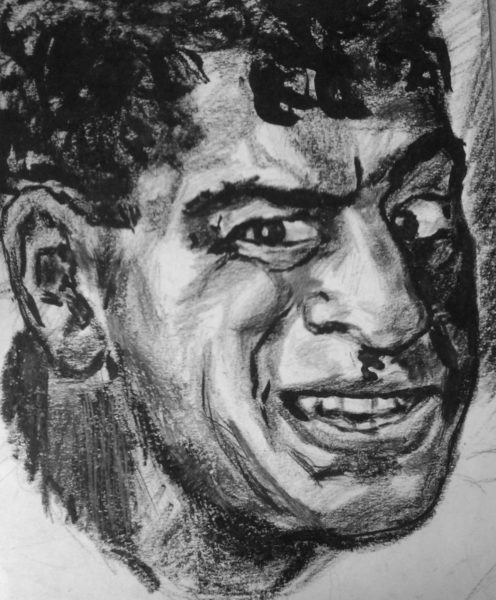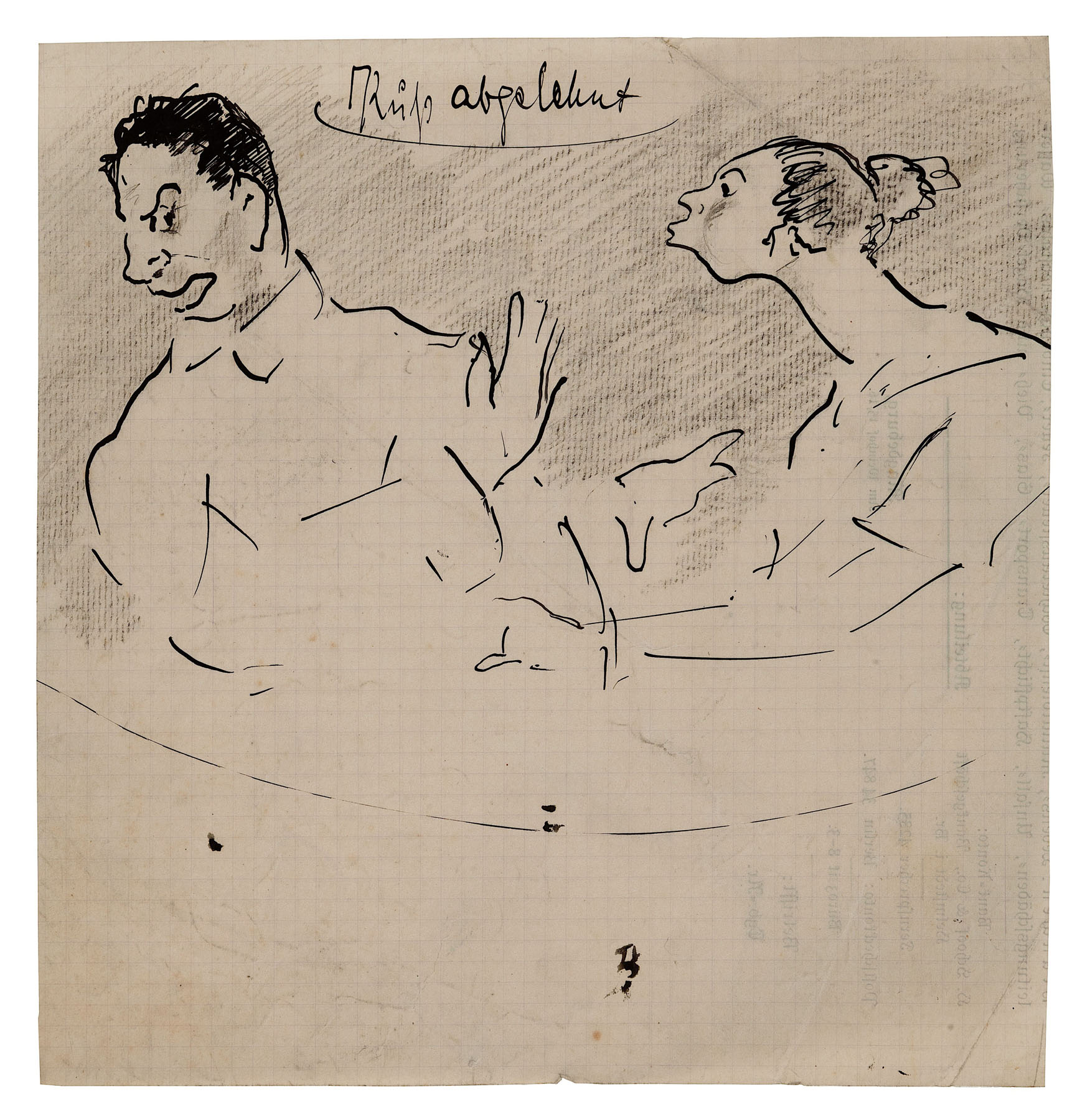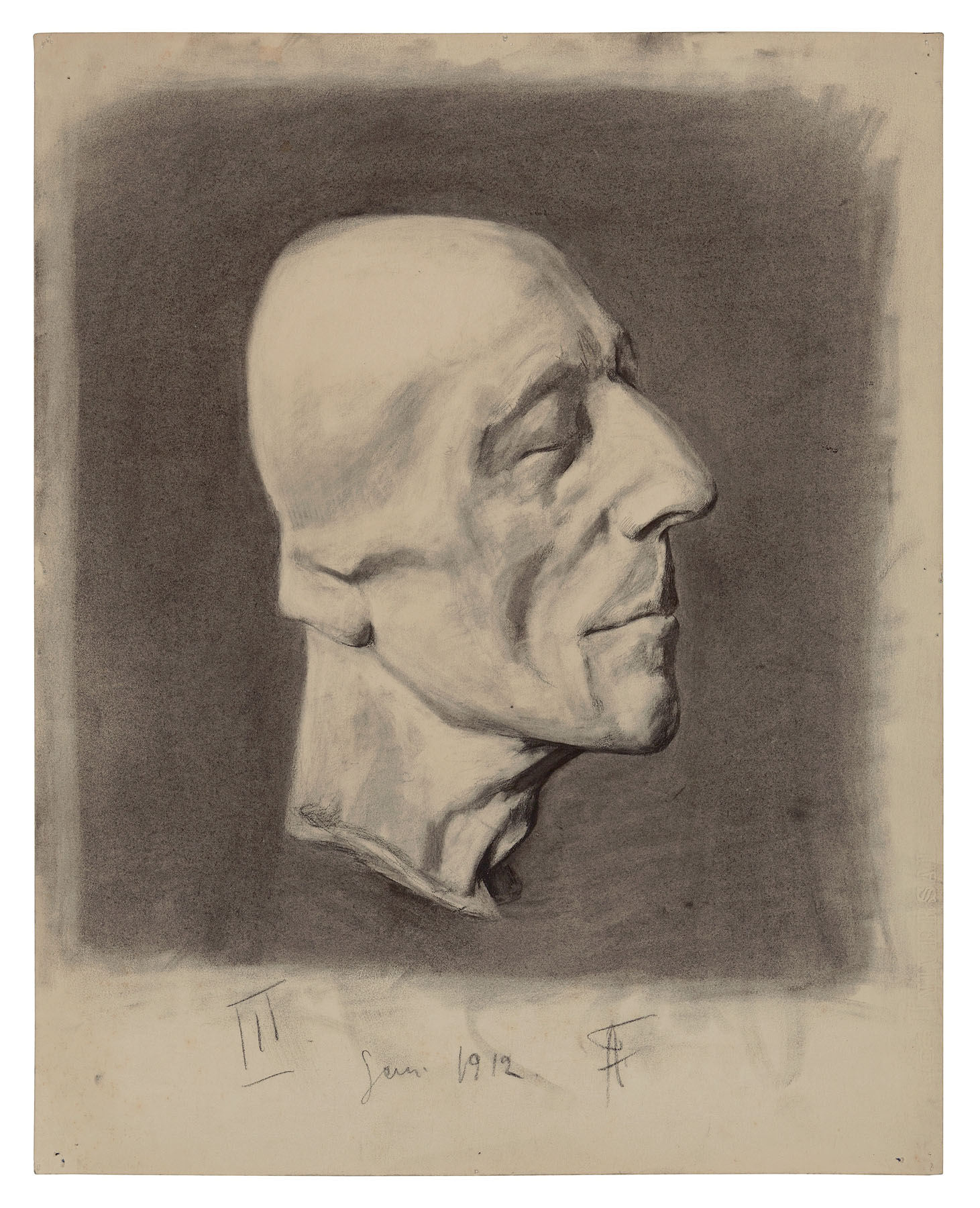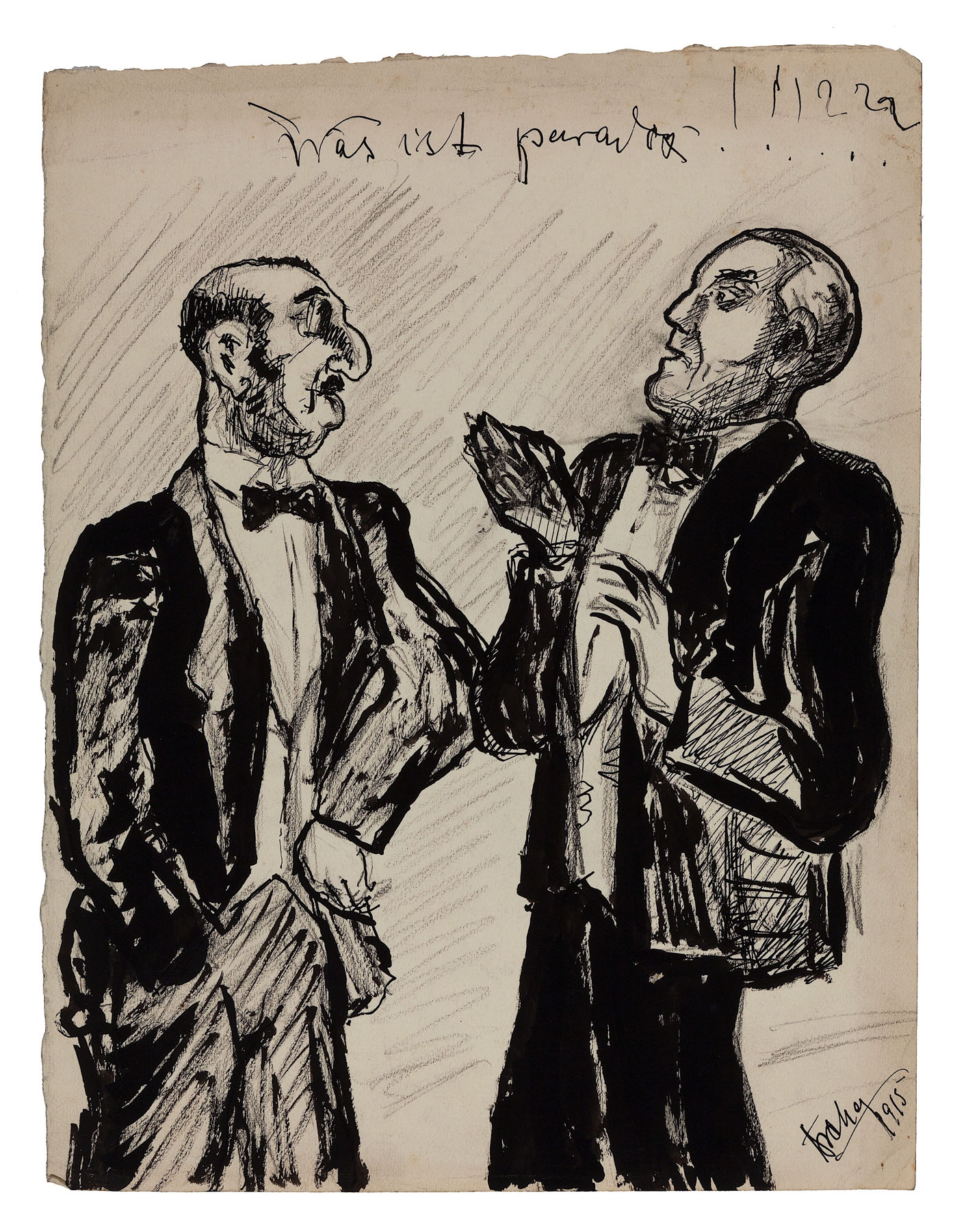Early-20th-century Berlin was a vibrant, cosmopolitan urban environment—a world in which Ascher’s identity as an artist and as a convert of Jewish birth was shaped and challenged. As the only son and first-born child of a successful industrialist; Hugo Ascher, and his wife, Minna; Fritz Ascher had the privilege of pursuing artistic training.
The Berlin art scene of Ascher’s youth was pulsing with the energy of the early teens’ secessionist movements, as well as opportunities to revel in theatrical and musical productions. But Ascher’s Berlin wasn’t merely a site of artistic inspiration—it was also a space of social unrest, political activism, and an ever-changing industrial landscape.
During the Weimar Republic, a period that fostered an atmosphere of change and attempted healing, Berlin grappled with the legacy of the First World War. The birth of the Berlin branch of Dada, for instance, forced artistic as well as political confrontations with the aesthetics and societal expectations of the pre-World War I Expressionist years—the painterly style that Ascher resonated with.
This Berlin of the early-20th-century—of dazzling artistic inspiration, of rebellion and political engagement, of industry and its promises and failures—was the world in which Ascher began his life, and through which he attempted to launch his artistic career. In his earlier works, Ascher’s reflections on his Berlin experience embraced the city’s diverse inhabitants, its pleasures, as well as its threats. Berlin rendered through the eyes of a young and sensitive, insightful and creative man became an integral pictorial subject in Ascher’s body of work.
DigiFAS Quick Clips
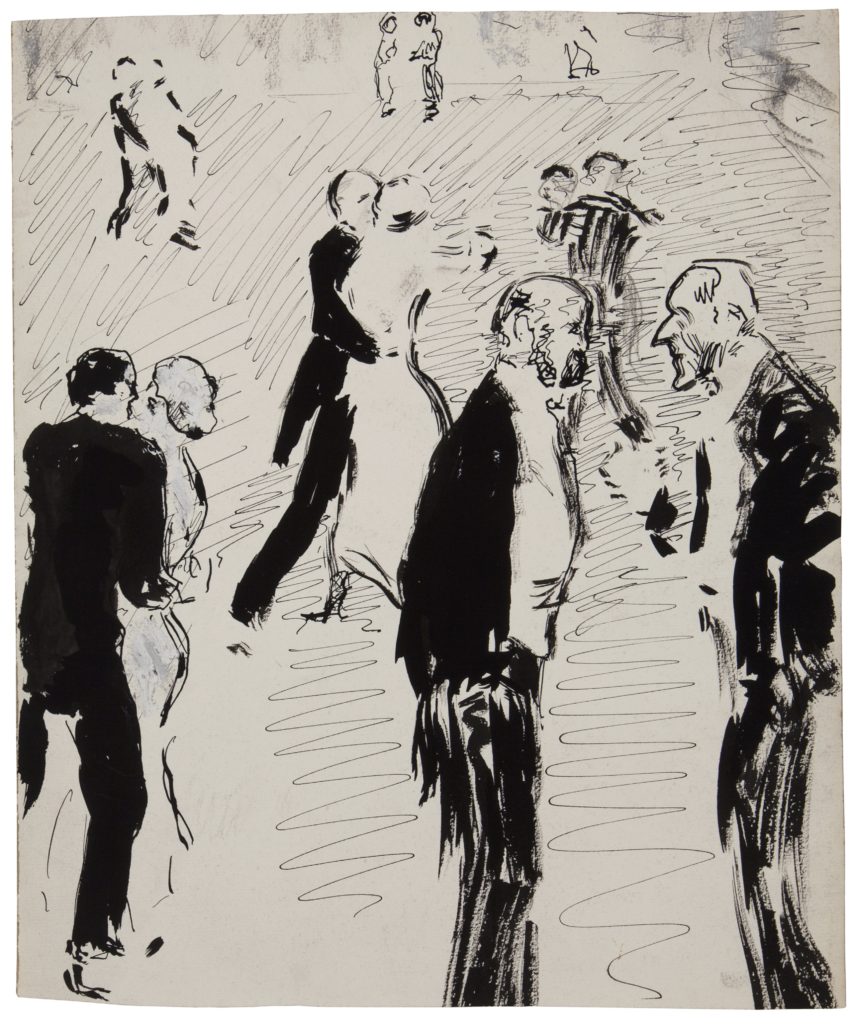
Scholarly Texts


